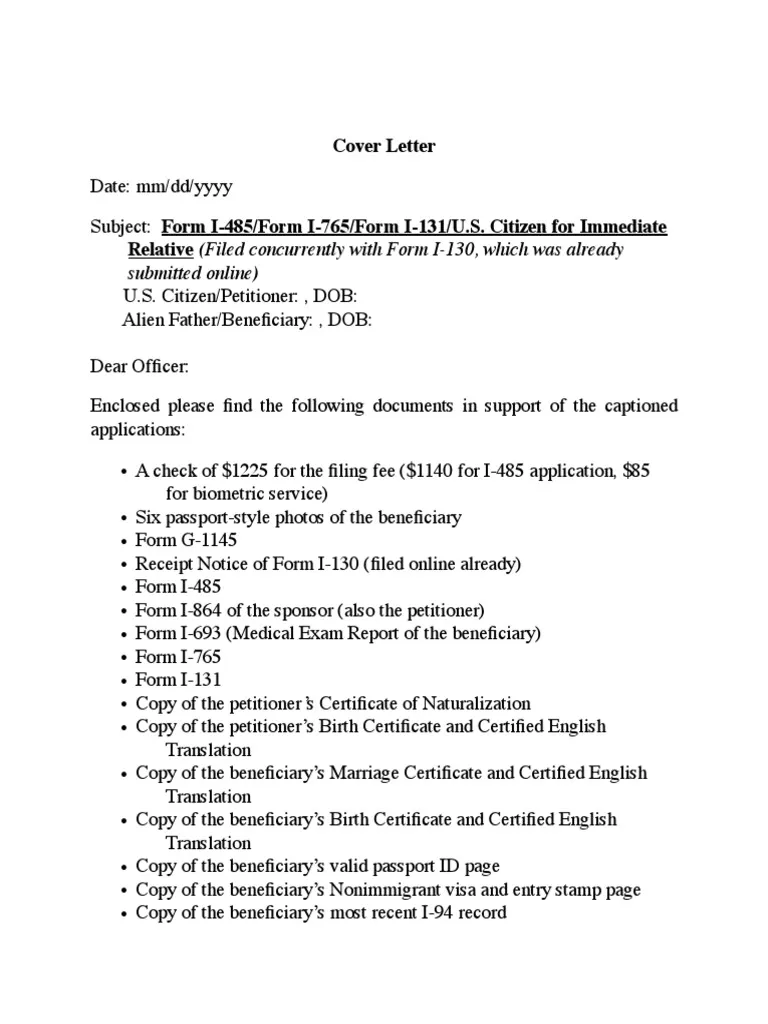Understanding the I-130 and I-485 Forms
Navigating the immigration process can feel overwhelming, but understanding the fundamental components of each form is the first step toward a successful application. The I-130, Petition for Alien Relative, is the initial form filed by a US citizen or lawful permanent resident (LPR) to establish the familial relationship with a foreign-born relative, in this case, the parent. The I-485, Application to Register Permanent Residence or Adjust Status, is the form the parent uses to apply for a Green Card, allowing them to live and work permanently in the United States. Filing these forms concurrently, if the parent is eligible, can significantly expedite the process. This guide provides a comprehensive overview of how to navigate these critical steps.
Eligibility Requirements for Parents
Meeting the eligibility requirements is paramount for a successful application. The primary requirements focus on the status of the US citizen or LPR child and the familial relationship with the parent. Generally, a US citizen child of any age can petition for their parents, while LPRs can petition for their parents, but there are often numerical limitations and waiting times involved. The parent must also be admissible to the United States, meaning they cannot have any criminal history, communicable diseases, or other factors that would render them inadmissible. Thoroughly reviewing these criteria and gathering the necessary documentation is crucial.
Who is Eligible to File?
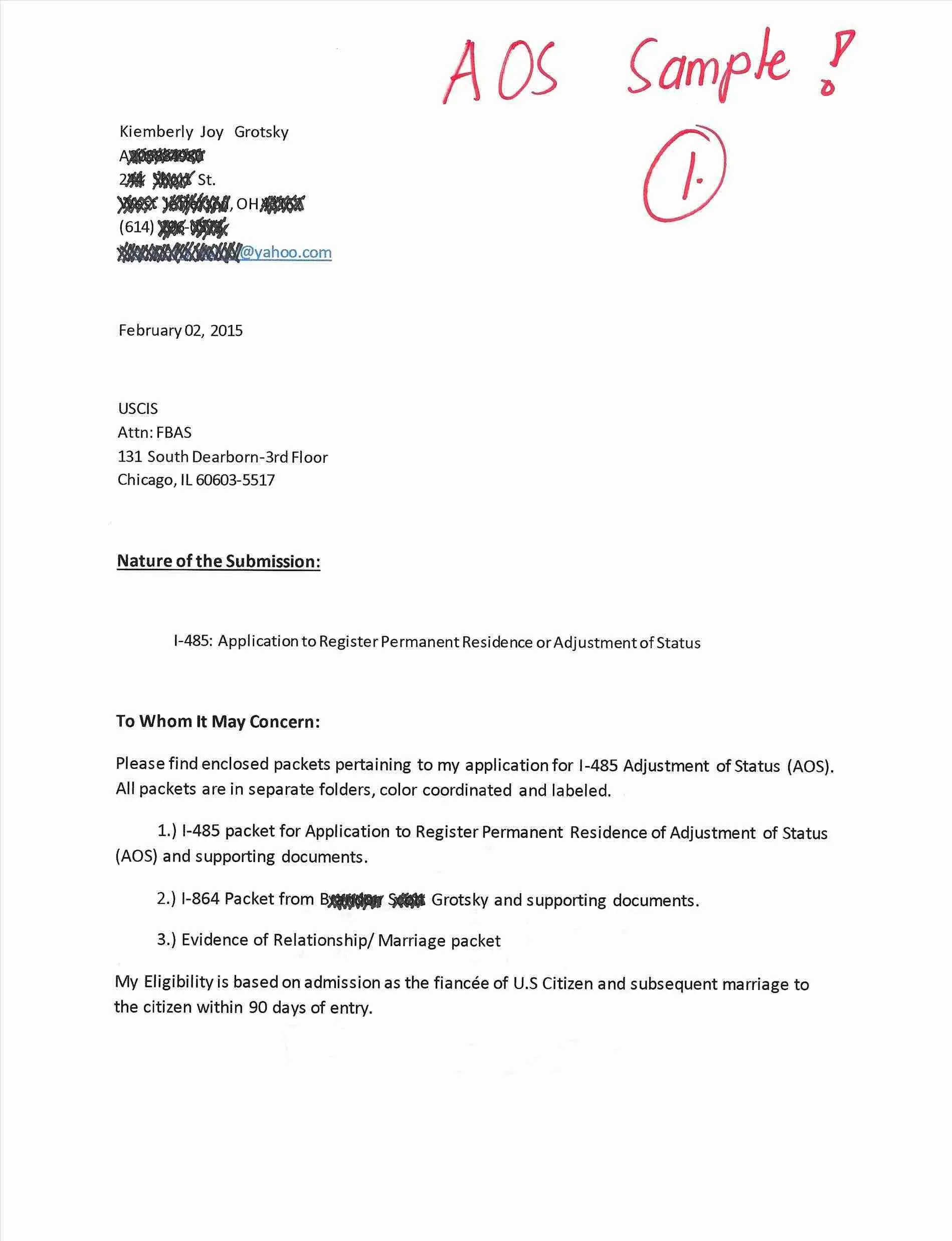
The US citizen child must be at least 21 years old to petition for their parents. LPR children can petition for their parents, but the process differs. There are annual limits for how many parent petitions can be approved from LPRs, and it’s a longer wait. Both must prove the parent-child relationship. For both, being above the minimum age is a primary eligibility requirement, and it is essential to verify the petitioner’s citizenship or legal permanent resident status through appropriate documentation. It’s also important to be aware of any potential bars to admissibility that the parent may have.
Who is Considered a Parent?
For immigration purposes, a parent is generally defined as a biological parent, a parent who has established a legal parent-child relationship through adoption, or, in some cases, a step-parent if the marriage creating the step-relationship occurred before the child turned 18. It’s essential to provide documentation that legally establishes the parent-child relationship, such as a birth certificate, adoption decree, or marriage certificate. Understanding the legal definition of parent is key to determining eligibility and gathering supporting documentation.
Required Documents Checklist for I-130
A complete and accurate application is critical. The I-130 requires specific documentation to prove the relationship between the US citizen/LPR child and the parent. This checklist is a starting point to ensure all required documents are included in the initial filing. Gathering these documents in advance can streamline the application process and reduce the risk of delays or denials. Carefully organizing these materials will significantly increase your chances of approval.
Evidence of US Citizen or Lawful Permanent Resident Status
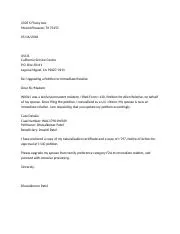
The petitioning child must provide evidence of their US citizenship or lawful permanent resident status. This can include a copy of their US birth certificate, US passport, Certificate of Citizenship, Certificate of Naturalization, or a copy of their Green Card (Form I-551). Ensure that the copy is clear and legible. This document confirms that the petitioner has the legal right to petition for the parent. Having this ready is a good start.
Proof of the Parent-Child Relationship
This is the core of the I-130 petition. The child must submit evidence proving the parent-child relationship. This typically includes the parent’s birth certificate, which lists the child as the child of the parent. If the parent-child relationship was established through adoption, the adoption decree is required. If the child is a stepchild, the marriage certificate of the parent to the stepparent and the child’s birth certificate are required. Any previous name changes need to be documented with legal documents. Gather all relevant records.
Required Documents Checklist for I-485
The I-485 application, filed by the parent, also requires specific supporting documents. Many of these overlap with the I-130 requirements, but others are unique to the adjustment of status process. Accurate and thorough documentation will significantly improve the chances of a favorable outcome. This checklist provides a detailed guide to all of the forms and the accompanying documentation.
Medical Examination Requirements
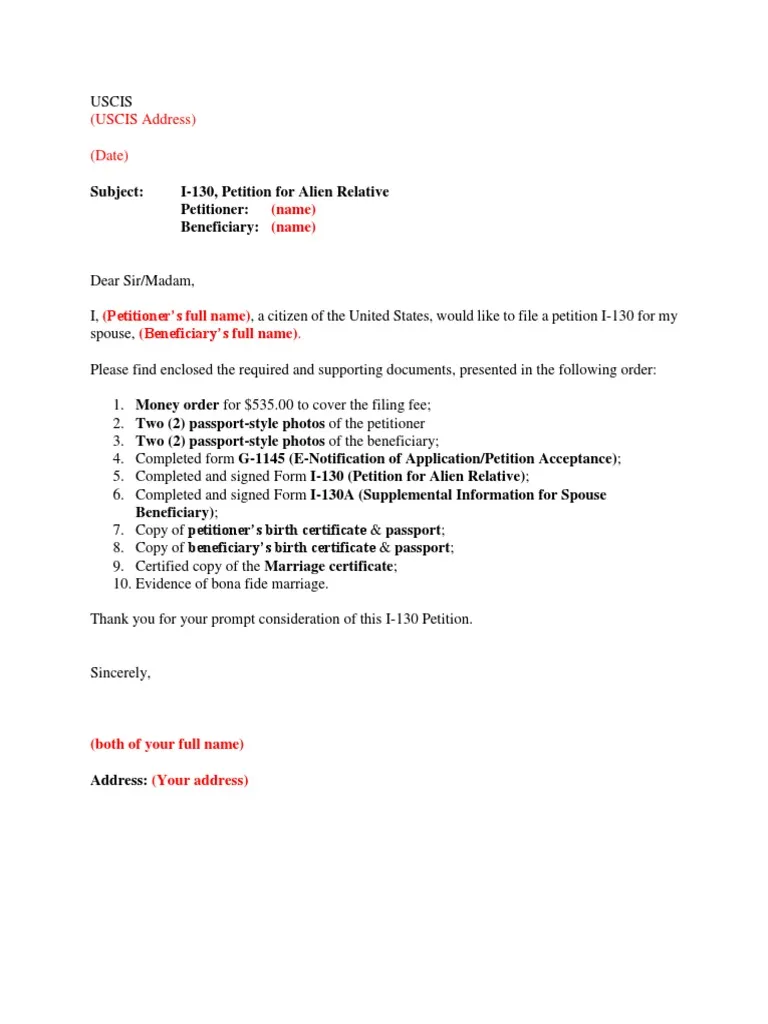
Parents applying for a Green Card must undergo a medical examination by a USCIS-approved physician. The medical examination, conducted on Form I-693, Report of Medical Examination and Vaccination Record, assesses the parent for any communicable diseases or conditions that would make them inadmissible to the US. The medical examination must be completed before filing the I-485 or at least within the time frame described by USCIS. Vaccination records are also part of this process, and any required vaccinations should be up to date. Bring all medical records.
Affidavit of Support (Form I-864)
The US citizen or LPR child is required to file an Affidavit of Support, Form I-864, demonstrating their ability to financially support their parent and ensure the parent does not become a public charge. This form requires the petitioner to provide evidence of their income and assets to meet the income requirements established by the government. If the petitioner’s income is insufficient, a joint sponsor can be used. The sponsor needs to include tax returns and other supporting documents to prove their financial stability. This is a crucial part of the application.
How to File the Forms
Filing the I-130 and I-485 correctly is crucial to avoid delays. Both forms can generally be filed concurrently if the parent is already in the United States legally. This approach can streamline the process. Following the instructions on the USCIS website is essential, but many find the process complex. Filing the forms, paying the fees, and submitting the supporting documentation is what the process involves. Be prepared for possible delays in processing and additional requests from USCIS. Staying organized is key.
Completing Form I-130
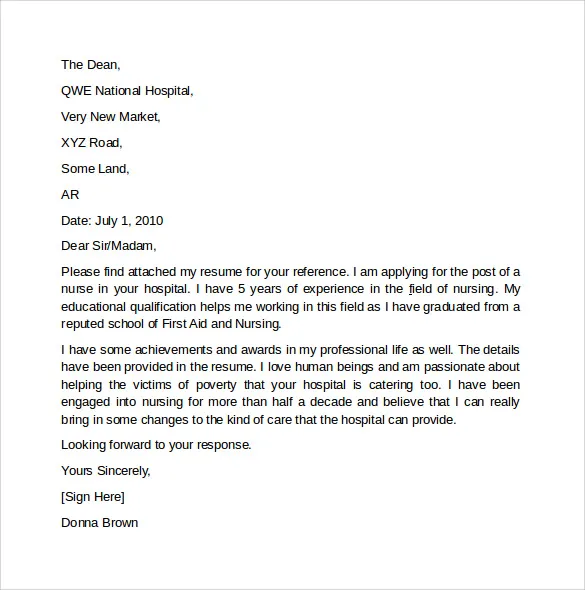
The US citizen or LPR child must accurately complete Form I-130. This form requests information about the petitioner, the parent (beneficiary), and the relationship between them. Be sure to answer every question truthfully and provide all required information. Any errors or omissions can lead to delays or, potentially, denial of the petition. Double-check all information before submitting it, as well as that all the supporting documents are included.
Completing Form I-485
The parent applying for the Green Card completes Form I-485. This form collects information about the parent’s biographical data, immigration history, and criminal record. This is the form where the parent requests to adjust their status to lawful permanent resident. Complete this form thoroughly and accurately, and attach all the required supporting documentation, including the medical examination results and evidence of inspection and admission or parole into the United States. Failure to include all necessary documents could lead to the request being rejected.
Filing Fees and Where to File
USCIS charges fees for each form. These fees are subject to change, so it is important to check the USCIS website for the most up-to-date fee schedule before filing. The forms are filed at specific USCIS service centers or lockboxes, depending on the applicant’s location and the form being filed. The USCIS website provides detailed instructions on where to file based on the form and the location of the petitioner and beneficiary. You need to include the correct fees at the time of filing to avoid rejection.
Tips for a Successful Application
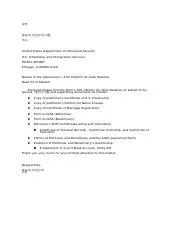
Preparing a successful I-130 and I-485 application requires diligence and attention to detail. Gathering all the necessary documents, completing the forms accurately, and following USCIS guidelines can significantly increase the chances of approval. It is highly recommended to create copies of all submitted documents for your records. This section outlines additional key strategies to enhance the application’s success and minimize any potential delays.
Common Mistakes to Avoid
Several common mistakes can lead to delays or denials. Incomplete applications, missing documents, and incorrect information are frequent pitfalls. Submitting the wrong forms or filing in the incorrect location are also common errors. Failure to properly sign and date the forms can cause significant delays. Thoroughly reviewing all forms and supporting documents before submission can help avoid these issues. Proofread and double-check.
Tracking Your Application
After filing, you can track your application’s status online through the USCIS website. You will receive a receipt notice with a case number that you can use to check your case status. Keeping track of the status will help you monitor the progress of your case and ensure that you respond promptly to any requests for additional evidence or interview notices. Regularly checking the case status and responding to requests quickly is key.
What Happens After Filing
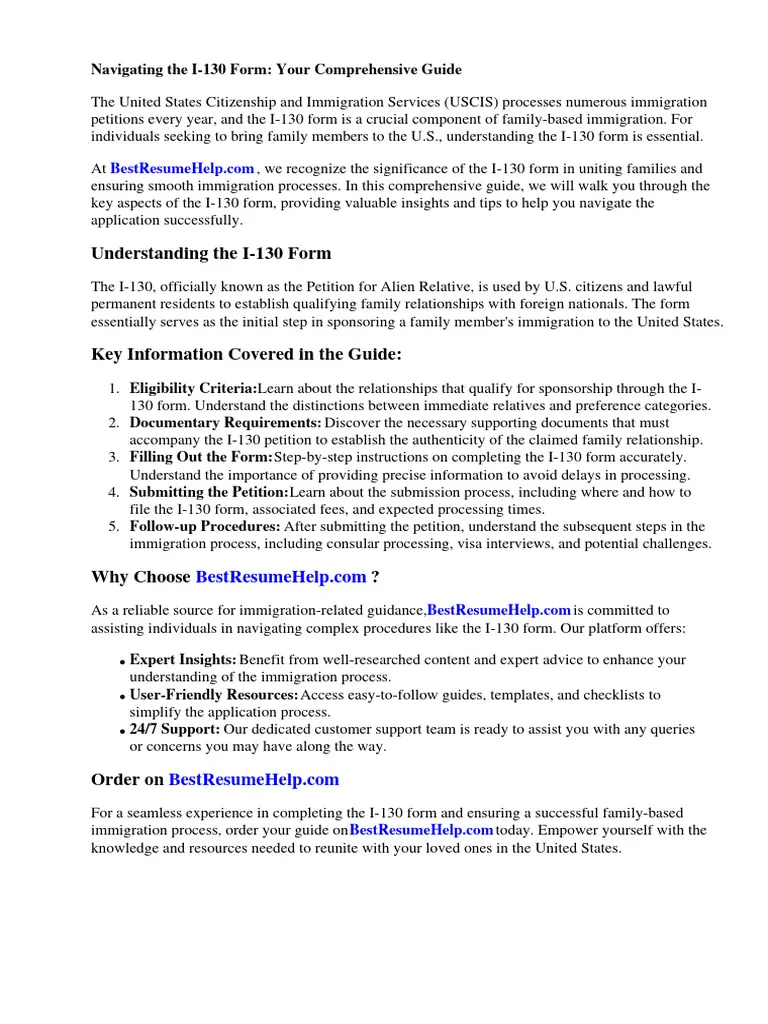
After filing, USCIS will review the application. This process may involve biometric appointments, where the parent will have their fingerprints and photographs taken. USCIS may request additional evidence (RFE) if they require more information. An interview may be scheduled if the case is eligible. If the application is approved, the parent will be granted a Green Card. The waiting period varies depending on several factors. It is important to be patient throughout this process.
Interview Process
USCIS may schedule an interview with both the petitioner and the beneficiary. The interview is an opportunity for an immigration officer to verify the information provided in the application. Be prepared to answer questions about the parent-child relationship and the information on the forms. Bring all original documents to the interview and any additional evidence that supports your case. Being honest and providing truthful answers is essential. The interviewer will assess the credibility of the information.
Important Considerations
Navigating the immigration process can be challenging, and some additional factors can impact the application. Prior immigration violations, criminal history, and medical conditions can affect the outcome. Understanding these considerations can help you prepare your application proactively and address any potential issues. Always be truthful and accurate in the information provided.
Seeking Legal Advice

Immigration law is complex, and the process can be overwhelming. Seeking advice from an experienced immigration attorney can be beneficial. An attorney can help you assess your eligibility, prepare your application, and represent you during the interview. They can identify potential issues and provide guidance throughout the process. Consulting with a legal professional is highly recommended.
